Traditions for New Years
Updated March12, 2025
The New Year is a time of celebration, reflection, and renewal. Around the world, people embrace unique customs to welcome the coming year, and Japan is no exception. With centuries-old traditions that emphasize purification, gratitude, and hope, Japanese New Year celebrations are deeply rooted in culture. Here are some of the most cherished customs.
 |
Oosouji: The Big Cleaning
In Japan, a fresh start begins with a spotless home. As the year draws to a close, families undertake oosouji—a thorough cleaning of their homes, workplaces, and even schools. Every corner, including rarely touched spaces like under the refrigerator, is meticulously tidied. This practice symbolizes leaving behind the old year’s misfortunes and entering the new year with a clean slate.
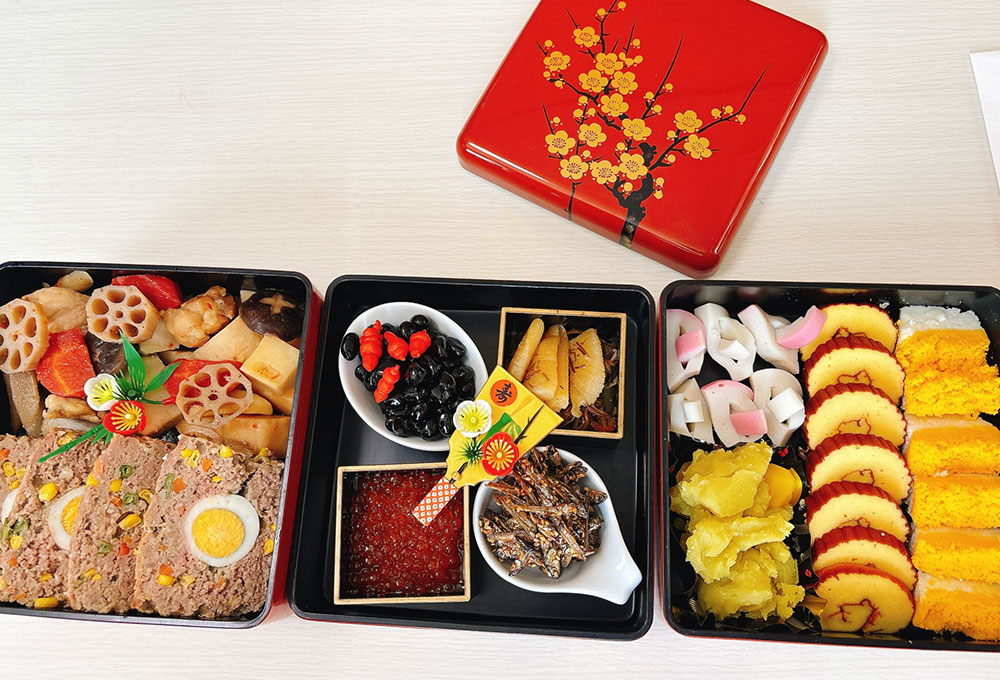 |
New Year’s Feast: Toshikoshi Soba, Osechi, and Ozoni
Food plays a vital role in Japanese New Year traditions. On New Year's Eve, toshikoshi soba, or “year-crossing noodles,” are enjoyed as a symbol of longevity. On New Year's Day, families indulge in osechi ryori, a beautifully arranged assortment of traditional dishes, each carrying symbolic meanings like prosperity and happiness. Another must-have is ozoni, a soup featuring mochi, which varies in ingredients and preparation depending on the region. To learn more about these foods, read our article here.
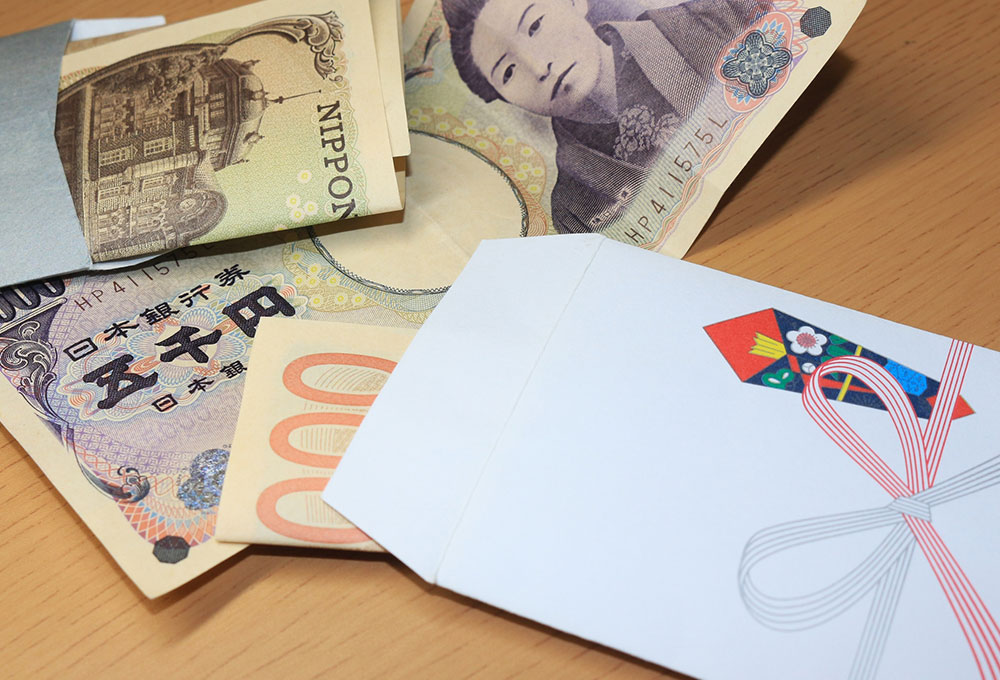 |
Otoshidama: New Year’s Gifts for Children
One of the most anticipated traditions for Japanese children is receiving otoshidama, small envelopes containing money. Typically given by parents and relatives, the amount varies by age, and in some households, even adults receive them. This custom adds excitement to the holiday, as children look forward to their annual New Year’s treat.
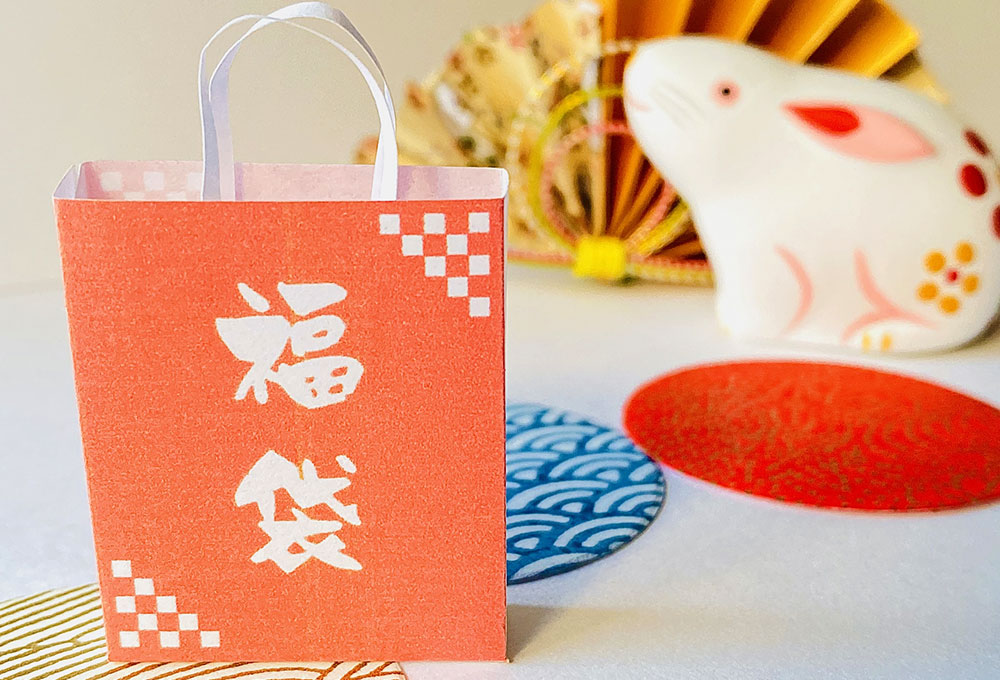 |
Fukubukuro: The Lucky Bags
A fun shopping tradition during the New Year is purchasing fukubukuro, or “lucky bags.” Many retailers sell these mystery bags at different price points, filled with goods that often exceed the bag’s purchase value. However, since the contents are unknown, shoppers take a gamble, making it an exciting experience. Stores often see long lines of eager customers hoping to snag the best deals.
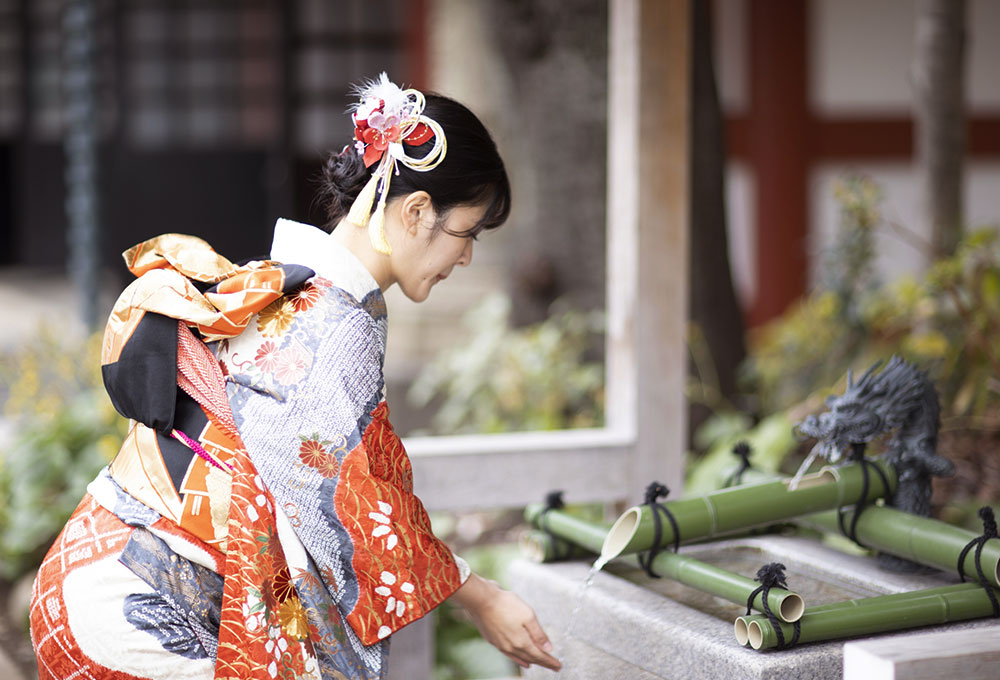 |
Hatsumode: The First Shrine Visit
One of the most significant traditions is hatsumode, the first visit to a shrine or temple in the new year. Between January 1st and 3rd, families and individuals pray for good fortune, health, and happiness. Popular shrines become crowded as worshippers draw omikuji (fortune slips) and purchase charms for the year ahead.
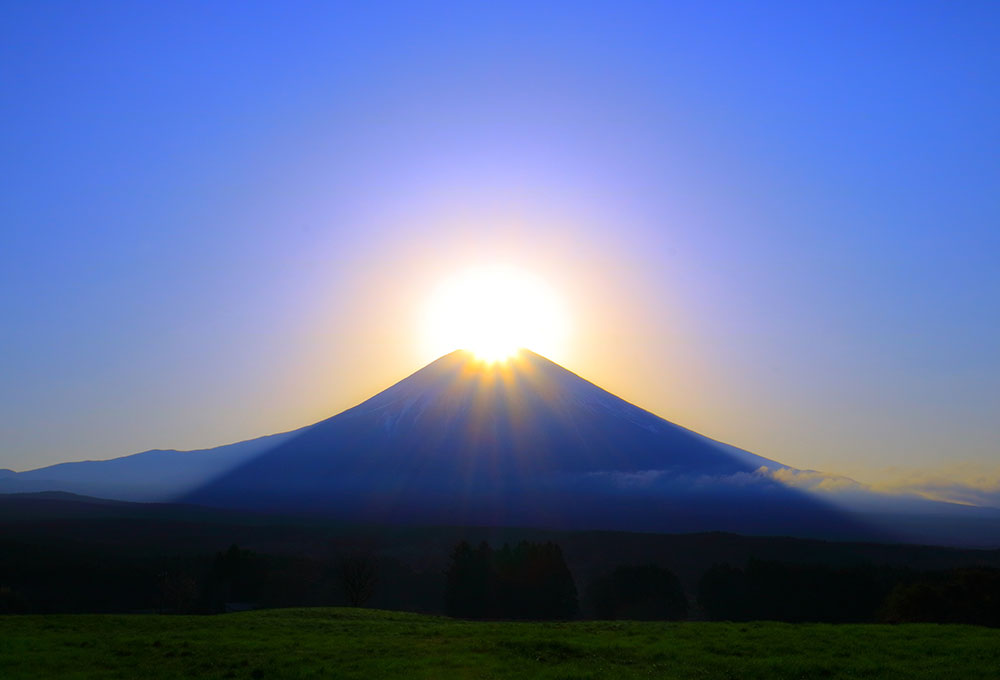 |
Hatsuhinode: Watching the First Sunrise
Many people welcome the new year by watching the first sunrise, known as hatsuhinode. It is believed that witnessing the sun’s first rays brings good fortune. Whether from mountaintops, beaches, or city rooftops, this serene and hopeful tradition is a special way to mark the beginning of the year.
A Celebration of Culture and Tradition
Japanese New Year is a time for family, gratitude, and renewal, filled with customs that bring meaning and joy. Whether it’s enjoying traditional foods, cleaning for a fresh start, or visiting a shrine, these traditions create a unique and cherished holiday experience.
We wish you all a very Happy New Year's and hope you enjoy the traditions that you practice on the day!
You can read more about Japanese New Year's below:
Japanese New Year's Food
Japanese New Year's Traditions
Hatsuhinode and Hatsyume
Hatsumode
Otoshidama and Kakizome
Osechi, Otoso, and Kagami Mochi
Ozouni
Toshikoshi Soba
Japanese New Year's Games
12/31 Joya no Kane
Fukurobukuro at Hatsuuri
Pin it for later!
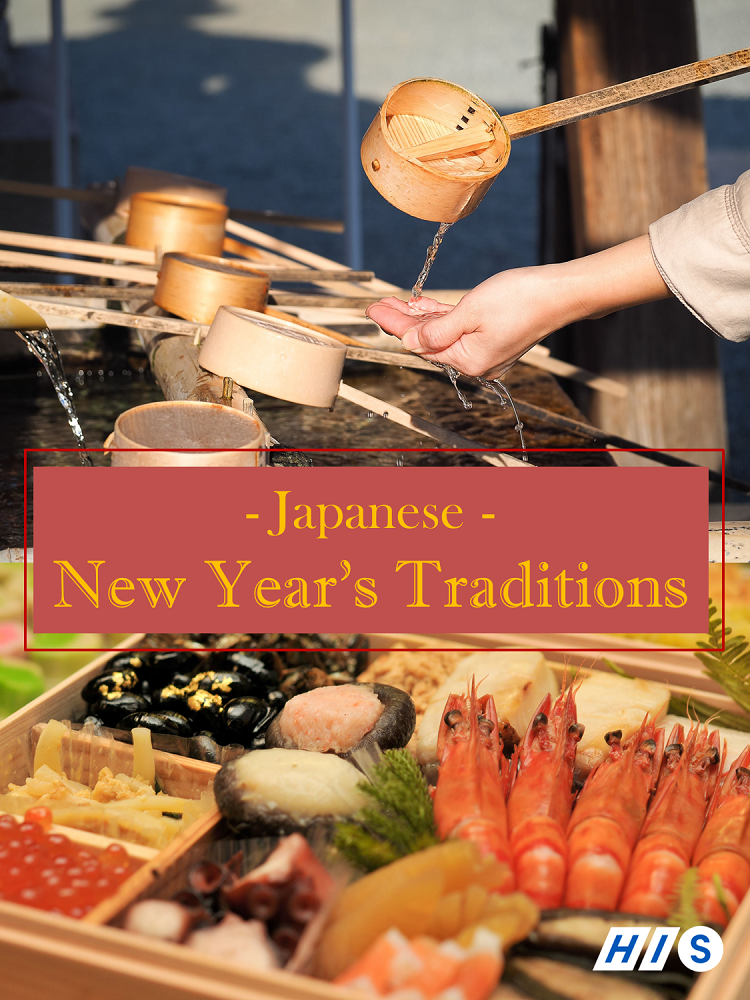 |

